Japanese elementary school children in Japan have used traditional school satchels, or randoseru, for over a century. The square design is instantly recognizable and triggers feelings of nostalgia for many people in the country.
In recent years, makers have introduced a wide range of colors, materials, and styles to the design, offering today's children a variety of choice unimaginable to their parents' generation. But at the same time, prices have soared and the bag has become unaffordable for some.
Premium randoseru
A quick online search of "randoseru" yields a colorful array of results, a dramatic departure from the time when the only options were red and black. But the prices are also unrecognizable, with some selling for 200,000 yen, or over 1,800 dollars.
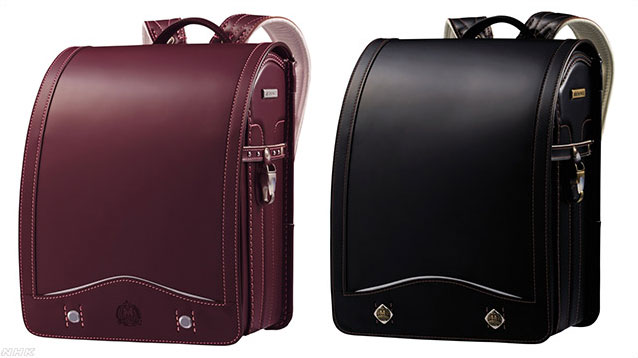
These premium randoseru, by longtime maker Miki House, are made with high-grade leather. The material is handmade by expert craftsmen and is produced from two portions of hide from a single horse. The color options are traditional--wine red and black--but quantity is extremely limited, with only 30 bags available each.
"The biggest buyers of these randoseru are grandparents who want to get something special for their grandchild entering school," says a Miki House official. "They want to give a gift that will last all six years of elementary school."
But the big price tags aren't limited to the premium models. In recent years, the average cost of randoseru has been rising across the board.
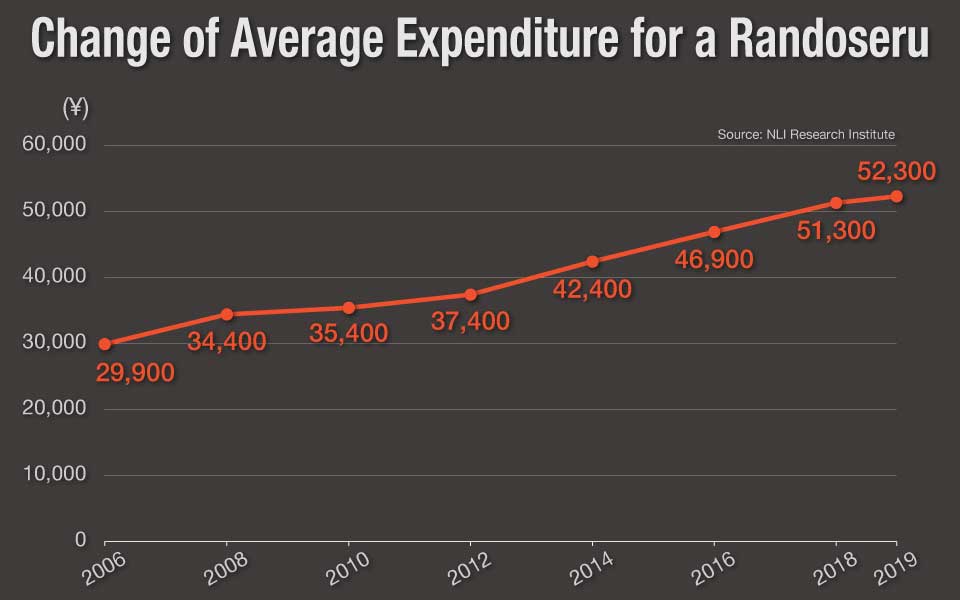
According to recent research, the average price for a randoseru was 52,300 yen, or about 475 dollars, as of January-February 2019. This is up from 29,900 yen, or just over 270 dollars, during the same period in 2006. In other words, the price of the average randoseru has nearly doubled in the past 13 years.
A senior researcher at NLI Research Institute, Naoko Kuga, says there are two intertwined reasons for this increase.
"To start off with, the number of children per family is decreasing, which means the amount of money that can be spent on each child is increasing," Kuga says. "And then, there are also more financial sources available to pay for the randoseru. One child has six sources: two parents, and four grandparents. So families are now willing to spend more money on randoseru and the market is reacting."
History of the randoseru
The Randoseru Association says the tradition of the Japanese school bag started at an educational institute in Tokyo called Gakushuin, founded in 1877.
The institute was founded on an ideal of classroom equality and its charter stipulated that no student should be able to rely on family advantage to get a leg up on their peers. In 1885, the school banned students from arriving in horse-drawn carriages or having family employees carry their bags for them.
To make it easier for students to lug their materials all the way to school, Gakushuin introduced a military-style knapsack. Unlike most bags at the time, this one was worn on the user's back, allowing free use of the hands. Eventually, it became known as the randoseru, from the Dutch word for backpack, "ransel."
Two years later, in 1887, then Prime Minister Hirobumi Ito presented a randoseru to Prince Yoshihito. The future Emperor Taisho was starting school at Gakushuin. It is believed that this marked the moment when the randoseru, until then just an element of one school's uniform, became an item of widespread cultural significance.
A decade later, Gakushuin created a standardized size and shape for the randoseru. This design has stayed largely the same ever since.
Randoseru law
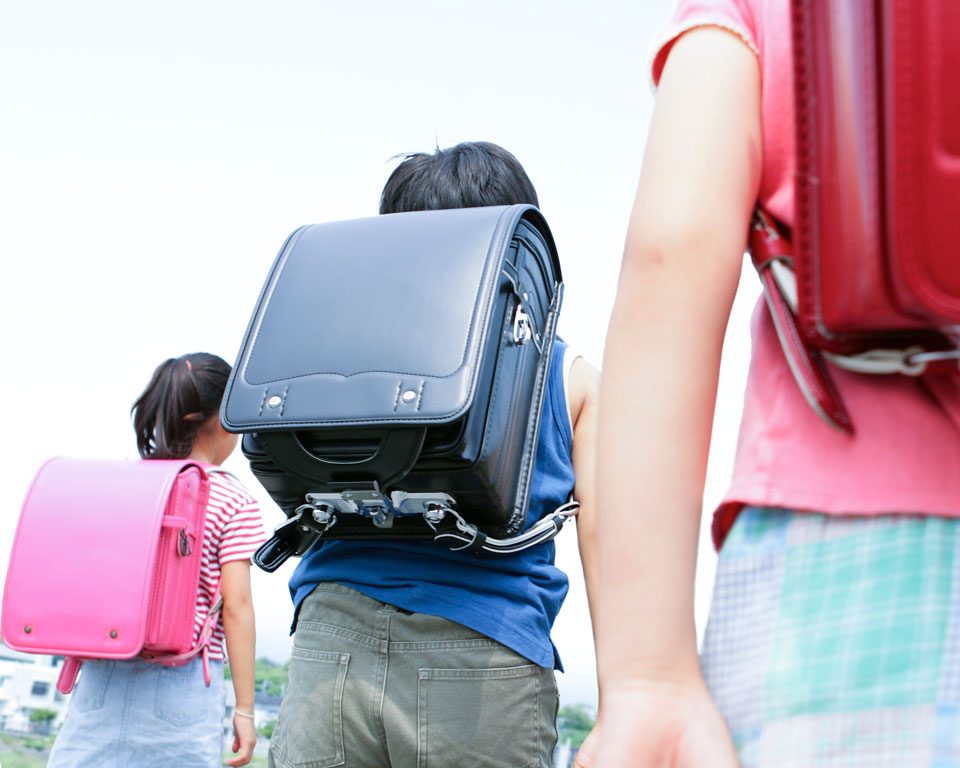
The reasons behind the randoseru's ubiquitous presence in Japan are a mystery. On the national level, the Ministry of Education, Culture, Sports, Science and Technology says there has never been a law requiring its use.
This is also true on the local level. The education board of Tokyo's Shibuya Ward says, while it does encourage younger students to wear backpacks, such as randoseru, so their arms are free to break falls, it has no regulations mandating use.
"The image of elementary students with randoseru is so common in Japan," says an official with the Shibuya education board. "I think many children just prefer it because everyone has one."
Recycle and reuse
The rising prices have led to concerns of what some call "the randoseru gap," a situation in which some students are unable to afford the bag. To tackle this problem, some local governments have started recycle and reuse programs.
Fukui City in Fukui Prefecture introduced a project for fiscal 2018 in which old randoseru were presented to families that wanted them. In its first year, the project collected more than 100 randoseru, with 57 being given to local school children.
The local government in Hitachi City, Ibaraki Prefecture, takes this a step further, producing and designing its own randoseru, which it gives to all the region's new first-graders every year.
The city started this program 45 years ago, at a time when the Japanese economy was struggling from the 1973 oil crisis. The local government thought that providing randoseru would help ease the financial burden on the region's families.
The Hitachi randoseru is made out of artificial leather and comes in red or black. The city says it has given out more than 100,000 bags over the course of the program and, though children are not obligated to wear or even accept the bag, most students in the city use it for all six years of elementary school.
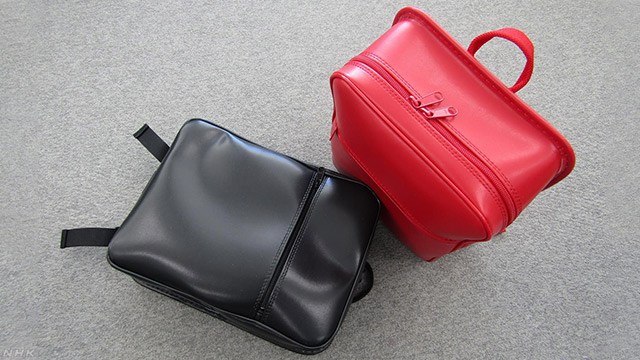
The future of randoseru
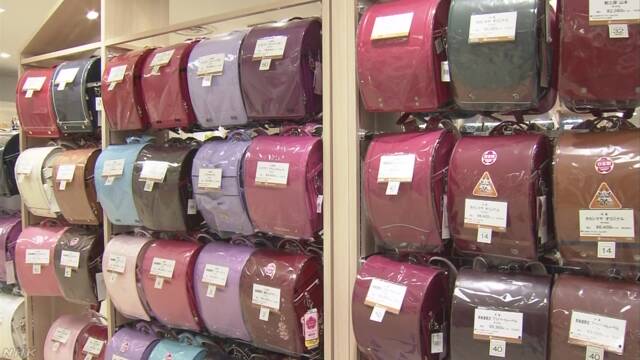
The randoseru's popularity has shown a remarkable consistency, with the overwhelming majority of Japanese school children continuing to use it over 100 years after its introduction. But Professor Takeshi Shirado of Taisho University, an expert in children's culture, says the increasing variety of styles and price ranges indicate that things are changing for the longtime cultural staple.
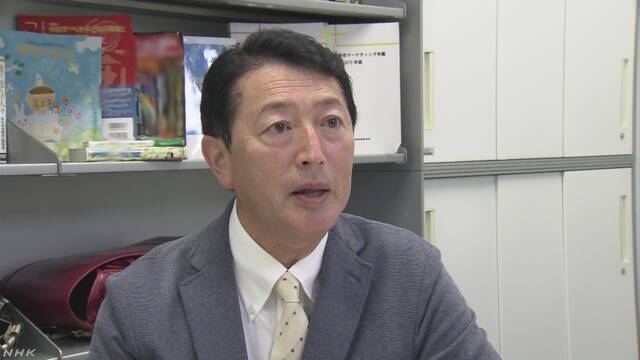
"There are so many different types of randoseru available these days," says Professor Shirado. "Some are inexpensive but still fashionable, while others put more focus on functionality. I think this is only natural, and we will continue to see more children choose bags that suit their personal needs and tastes."


